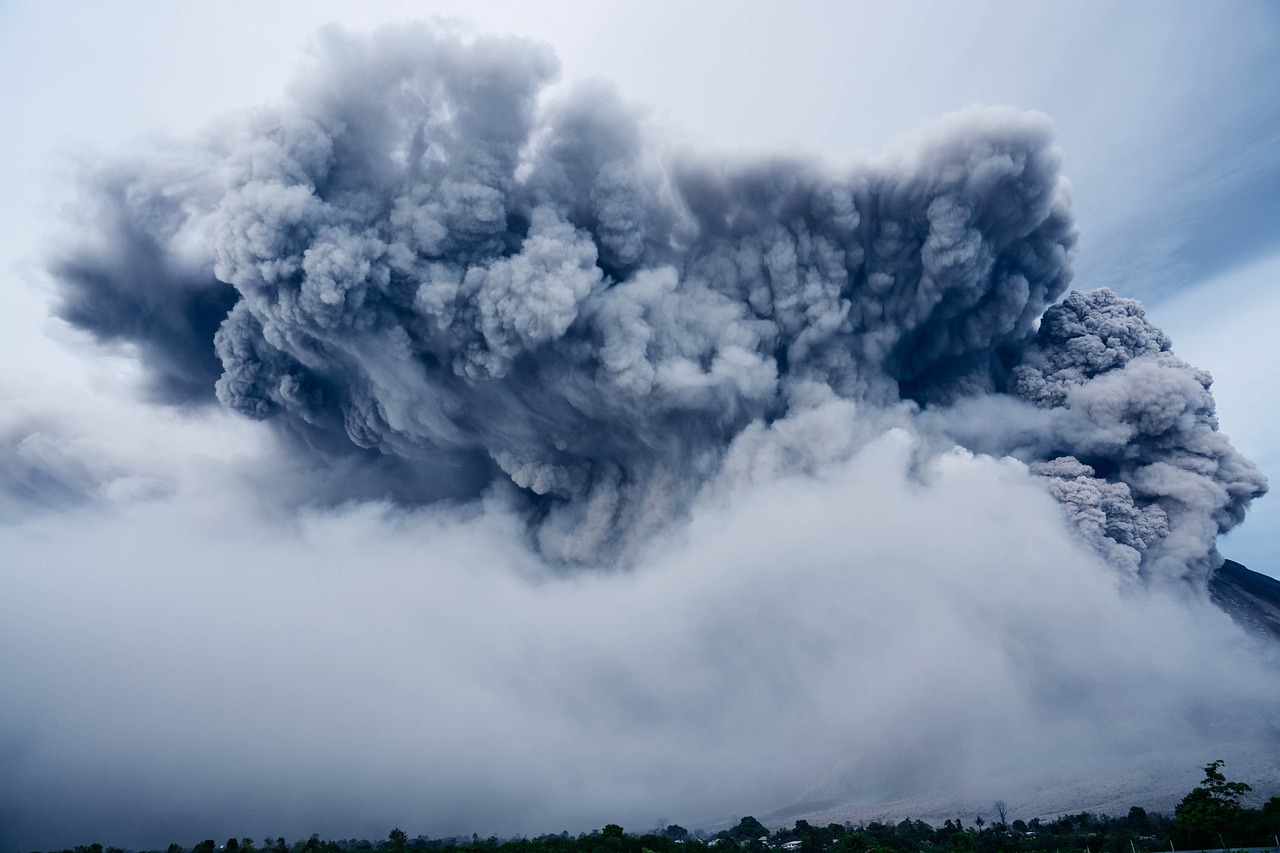Volcanic Activity Erupts Again in Iceland
A recent flight over Iceland’s Reykjanes Peninsula offered passengers a striking view of nature’s power as they captured footage of lava flows and smoke billowing from an active volcano. This eruption marks the seventh occurrence in less than a year, a stark reminder of the region’s geological volatility and the ongoing changes beneath its surface.
Impact on Local Communities
The eruption has triggered evacuation measures for hotel guests and residents in nearby areas due to safety concerns. Fortunately, authorities have reassured the public that air travel remains unaffected by this volcanic activity.
The Blue Lagoon, one of Iceland’s most famous tourist attractions, found itself in the path of the lava, as its parking area became engulfed. This event underscores the unpredictable nature of volcanic eruptions and their potential to disrupt not only local life but also tourism.
Experts suggest that the recent resurgence of volcanic activity is linked to a long-dormant fault line that has suddenly become active. Prior to 2021, this area had not experienced any significant volcanic events for 800 years, highlighting the unusual nature of these recent eruptions.
Understanding the Geological Context
Seismologists have been closely monitoring this reawakening fault line, which they believe is responsible for the increased seismic activity in the Reykjanes Peninsula. The historical context is crucial; before 2021, residents were accustomed to a remarkably stable geological environment.
The current eruptions serve as a potent reminder of the dynamic processes shaping our planet. As researchers continue to study these developments, they aim to gain deeper insights into the mechanisms behind such natural phenomena.
As Iceland faces this ongoing geological challenge, it remains essential for both residents and visitors to stay informed about safety measures and potential risks associated with volcanic activity.
The future may hold more surprises as scientists work to unravel the complexities of this resurgent landscape. With increased monitoring and research efforts, we can better understand how such natural events will continue to impact life on Iceland’s Reykjanes Peninsula.


